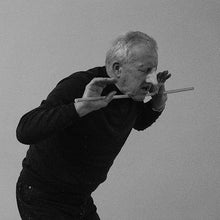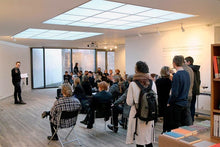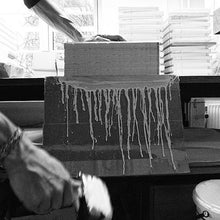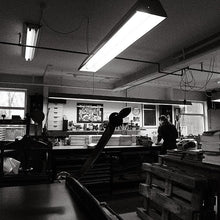
The Communist Manifesto was first printed as a 24 page pamphlet in February 1848, in London. Since that time, it has been reproduced in countless contexts — making it not only one of the most widely read texts ever, both one that continues to be disputed for the efficacy of its call to action. It has been subject to various editions and translations, but the various covers that package the manifesto exemplify the complexity of ways it has been received, perceived, used and abused across different times and places. All publishers are presented with the paradoxical issue of how to design its cover and market such a text — to confront it both in terms of form and function, use and exchange value.
01.01.CM presents over 100 covers of The Communist Manifesto, compiled by the Museum of Ordure from its collection. The book is turned inside out to draw attention to its material form and historical conditions: the covers have fascinating stories to tell of hopes and anticipated futures - for instance, in their use of particular imagery and in the signs of wear through human use – and draw attention to the excesses of capitalist production. This notion of excess is fundamental to the overall project of the Museum of Ordure in its attention to the management of human waste and identification of ordure. What value do readers place upon the Manifesto in a situation where radical politics appears to have been reduced to commodity form, nostalgia or mere curiosity?
01.01.CM was published as part of the exhibition: Systemics#3: Against the idea of growth, towards poetry (or, how to build a universe that doesn't fall apart two days later), in Kunsthal Aarhus (16jan.–30mar.).01.01.CM presents over 100 covers of The Communist Manifesto, compiled by the Museum of Ordure from its collection. The book is turned inside out to draw attention to its material form and historical conditions: the covers have fascinating stories to tell of hopes and anticipated futures - for instance, in their use of particular imagery and in the signs of wear through human use – and draw attention to the excesses of capitalist production. This notion of excess is fundamental to the overall project of the Museum of Ordure in its attention to the management of human waste and identification of ordure. What value do readers place upon the Manifesto in a situation where radical politics appears to have been reduced to commodity form, nostalgia or mere curiosity?
01.01.CM
collection of the Museum of Ordure
Museum of Ordure
Antipyrine, 2014
image editing Lasse Krog Møller
assistant Michael Roloff
printed by Specialtrykkeriet Viborg
bookbinding by Bogbinderiet Aarhus
supported by the Danish Arts Council
isbn 978-87-93108-07-3
272 pages 240 kr (30€)




















